Colanders are versatile kitchen tools primarily used for straining pasta, rinsing vegetables, and draining excess liquid from food items. With a design featuring multiple perforations or small holes, colanders allow water to pass through while retaining the solid contents. This simple yet effective utensil is essential in various culinary tasks, helping to ensure that foods are prepared with the desired texture and consistency. Whether you’re a home cook or a professional chef, understanding how to effectively utilize a colander can enhance your kitchen efficiency and the overall quality of your dishes.
Origination To Colanders
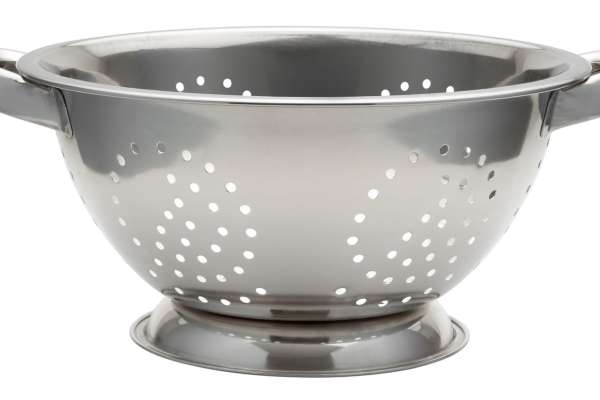
Colanders are fundamental kitchen utensils, specifically designed for draining water from foods like pasta or freshly washed vegetables and fruits. They are typically bowl-shaped, made from materials such as metal, plastic, or silicone. And feature numerous holes or slits that allow liquids to drain away while retaining larger solid items. This kitchen tool is indispensable for a variety of culinary tasks, ensuring that foods are prepared efficiently and cleanly.
What Are Colanders?
A colander is a perforated bowl used to strain off liquid from food, particularly after cooking or washing. It comes in various sizes and is made from different materials, each offering unique benefits. Metal colanders are known for their durability and heat resistance, making them ideal for draining hot foods. Plastic versions are lightweight and often more colorful, but they may not withstand high temperatures as well as metal or silicone colanders. Silicone colander offers the advantage of being heat-resistant and collapsible, saving valuable kitchen space.
Are Collapsible Colanders Durable?
Collapsible colanders have gained popularity for their convenience and space-saving design. Made typically from silicone, these colander can be expanded for use and then collapsed down to a fraction of their size for easy storage. While they are incredibly flexible and adaptable to small storage spaces. Questions about their durability compared to their rigid counterparts are common. Although they may not offer the same robustness as metal colanders, high-quality collapsible colander are designed to be durable and withstand regular use. They are particularly suited for those with limited kitchen space or who prefer tools that can be easily stored away.
Types Of Colanders
1. Traditional Colanders
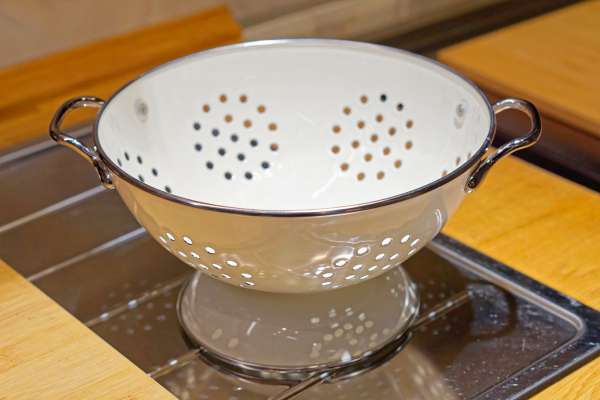
Traditional colanders are stand-alone kitchen tools that are essential for a variety of tasks, including draining pasta, washing vegetables, and rinsing grains. They are usually made from metal, plastic, or silicone and feature a bowl-like shape with holes of varying sizes for straining different types of food. These colander often have handles and a base, allowing them to stand alone in or over a sink. The design and material of traditional colanders can vary, with some featuring more decorative patterns or being crafted from materials like stainless steel for added durability and ease of cleaning.
2. Over-The-Sink Colanders
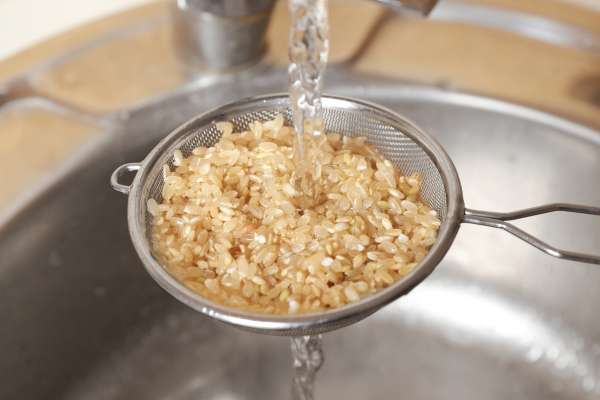
Over-the-sink colander are a more specialized type of colander designed to rest across the top of a kitchen sink, offering hands-free convenience when straining foods. These colanders typically have extendable arms or hooks that can be adjusted to fit various sink sizes, providing a stable platform for draining. This feature is particularly useful when dealing with large quantities of food or hot items that need to be drained quickly and safely. Over-the-sink colander can be made from materials like stainless steel or silicone. And they often come with fine mesh or perforated patterns, suitable for straining smaller food items without them slipping through.
3. Fine-Mesh Colanders
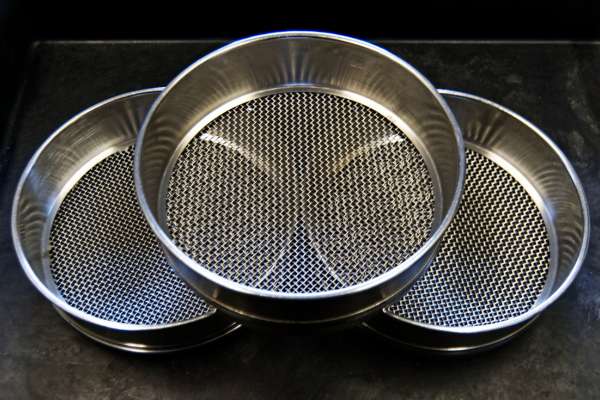
Fine-mesh colanders are a specific type of colander characterized by their small, tightly woven mesh that allows for the straining of very fine particles. These colanders are particularly useful for tasks such as rinsing quinoa, rice, or fine grains, which would slip through the larger holes of a traditional colander. They are also ideal for dusting powdered sugar on desserts or straining broths and stocks to achieve a clear liquid. The fine mesh provides a versatile tool in the kitchen, capable of handling both solid and liquid ingredients with precision.
4. Silicone Colanders
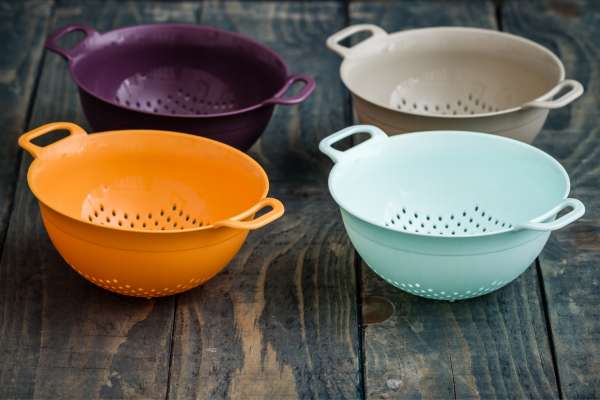
Silicone colanders are a modern innovation in kitchen utensils, valued for their durability and flexibility. Unlike traditional metal or plastic colander, silicone versions are heat-resistant and can handle hot foods directly from the pot without the risk of melting or deforming. They are often collapsible, making them easy to store in tight spaces. Silicone colanders are also typically easy to clean, often being dishwasher safe, and they don’t absorb odors or flavors. Their non-stick surface ensures that food particles are easily washed away, maintaining hygiene and convenience in the kitchen.
Practical Uses Of Colanders In The Kitchen
1. Draining Pasta and Rice

One of the most common uses of colanders in the kitchen is for draining boiled pasta and rice. After cooking pasta or rice, a colander allows you to quickly and efficiently remove the water without losing any of the food down the sink. The colander holds the pasta or rice while the excess water drains away, ensuring that your dish maintains the perfect texture. This simple yet essential task underscores the colander’s role as an indispensable tool for anyone preparing these staple foods.
2. Washing Fruits and Vegetables

Colanders also serve an essential role in the rinsing and washing of fruits and vegetables. They allow you to thoroughly wash your produce under running water, ensuring that dirt, pesticides, or any unwanted residues are effectively removed. The holes in the colander are designed to let water flow through while holding. The fruits or vegetables in place, making it an effective tool for cleaning your produce without bruising or damaging it.
3. Straining Soups and Sauces
Colanders can also be used to strain broths, soups, and sauces, removing solids to achieve a smoother consistency. For this purpose, a fine-mesh colander is particularly useful as it can separate even the smallest particles from the liquid. This straining process is crucial for creating clear broths or smooth, lump-free sauces. By pouring the mixture through the colander, the solids are retained, leaving behind a clear. And consistent liquid that forms the base of your dish or complements it as a refined, finished sauce.
4. Rinsing Grains and Beans
Grains and beans often require rinsing before cooking to remove excess starch, dirt, or impurities. A colander is the perfect tool for this task, allowing water to pass through and clean the grains or beans without losing any down the sink. This is especially important for items like quinoa, which must be rinsed to remove the bitter-tasting saponin coating.
5. Colanders for Multipurpose Tasks
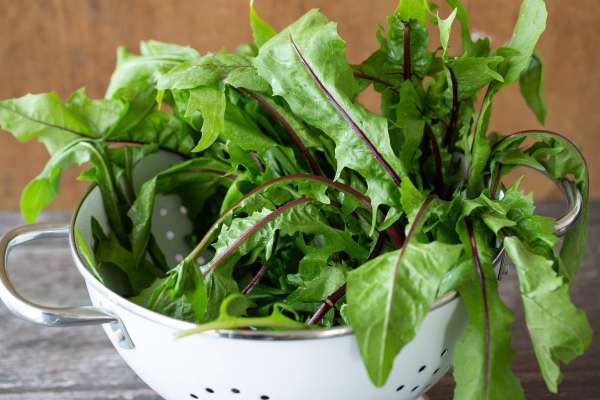
Beyond their primary uses, colanders can be employed for a variety of other kitchen tasks. They can be used to steam vegetables by placing them over a pot of boiling water, allowing the steam to pass through the holes. Colander can also serve as a protective barrier for thawing foods, ensuring that any excess water drains away. Additionally, they can be used in creative culinary tasks such as making yogurt cheese or more finely straining broths and jellies to achieve clarity and texture.
6. Creative Uses of Colanders Outside the Kitchen
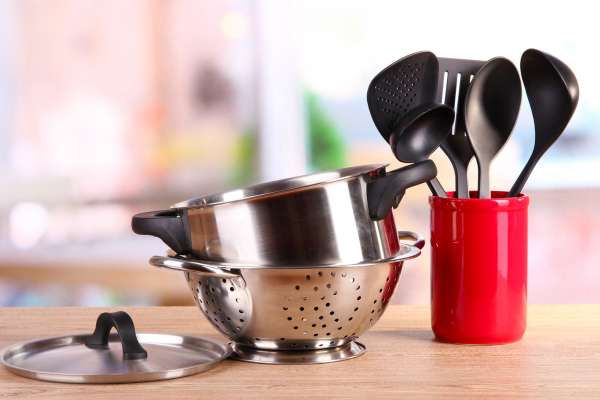
Colanders can be repurposed for a number of creative uses beyond their culinary duties. For instance, they can serve as unique planters for small herbs or flowers. Where the holes provide excellent drainage, preventing overwatering. They can also be transformed into decorative light fixtures or candle holders, where the patterns of holes create captivating light patterns. In arts and crafts, a colander can be used for sifting fine materials like sand or glitter. Furthermore, they can act as an organizational tool in a craft room or garage, holding items while allowing dirt or small debris to fall through, keeping work areas clean.
Are Silicone Colanders Safe to Use with Hot Liquids?
Silicone colanders are renowned for their heat resistance and are generally considered safe for use with hot liquids. Silicone, as a material, can withstand high temperatures, often up to 500 degrees Fahrenheit (260 degrees Celsius), without melting, deforming, or releasing harmful substances. This makes silicone colander an excellent choice for draining hot pasta or blanching vegetables directly from boiling water. However, it’s important to ensure that the silicone colander is made from food-grade silicone and is BPA-free to ensure safety and health. Always verify the manufacturer’s specifications regarding temperature resistance to ensure the colander’s suitability for handling hot substances.
Conclusion
Colanders are indispensable tools in the kitchen, offering a variety of uses that extend beyond just draining pasta. And washing fruits and vegetables. They are essential for straining soups and sauces, rinsing grains and beans. And can even be adapted for innovative culinary techniques and multipurpose tasks. With the advent of silicone colanders, cooks now have a durable, heat-resistant option that caters to a wide range of cooking needs, ensuring safety even when handling hot liquids. Beyond their practicality in cooking and food preparation. Colander also inspires creativity, finding their place in various non-culinary applications, from gardening to home decor. Whether for traditional cooking tasks or inventive new uses. Colander proves to be a versatile and valuable component in any kitchen or creative space.
